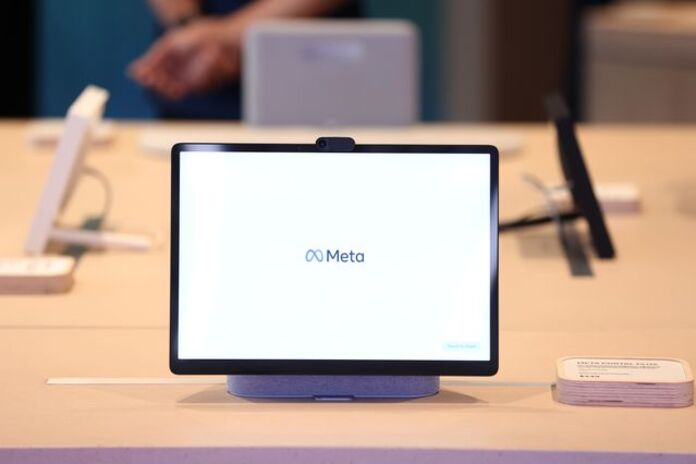Meta Platforms (NASDAQ:META) is gearing up to unveil its Q2 results on Wednesday, July 26, following the market’s closure. The anticipation surrounding the earnings report could lead options premiums to surge, particularly benefitting short-put and covered call options traders.
Traders Expect a Decline in Meta Stock Price After Earnings
One of the key points of interest for the market is the performance of Meta’s new Threads platform, considering a recent report by the Wall Street Journal indicating a 70% decline in engagement. While early indications have shown advertisers’ interest, expectations for a new stream of ad revenue remain subdued, making any positive surprises in this regard all the more significant.
Despite a 7.3% drop from its peak at $317.49 on July 19, both put and call option premiums remain relatively high for Meta stock. This suggests that traders anticipate a decline in the stock price post-release.
For instance, for the period ending August 4, 2023, put premiums reached almost $10.00 for the $282.50 strike price, which is approximately 4.0% below the closing price of $294.26 on July 21. Conversely, call option premiums for a similar distance from the spot price are even higher, indicating an overall bullish sentiment among traders.
To capitalize on this situation, some traders may consider employing strategies such as shorting deep out-of-the-money (OTM) puts and calls ahead of the earnings report.
One possible approach is to sell short the $310 call option strike for the August 4 expiration date, earning an immediate premium of $9.88. This strike price sits 5.35% above the current market price. To execute this strategy, the trader needs to already possess 100 shares of Meta stock, creating a covered call play.
As a result, the premium received yields a return of 3.36%, calculated by dividing the $9.88 dividend by the spot price of $294.26.
The covered call play allows the trader to gain if the stock remains below $319.88 on or before August 4 (i.e., $310 strike + $9.88 premium received). The investor would incur a loss if the stock price exceeds this level. However, even in that scenario, the trader can keep the realized gain of $15.74 (i.e., $310 – $294.26) or 5.35%, in addition to the $9.88 premium, totaling $25.26. This amounts to a total return of 8.71% for just a two-week period.
When extrapolated on an annual basis, assuming this trade can be replicated, the potential annualized return exceeds an impressive 126%.
Similarly, traders can explore the option of shorting OTM puts to generate immediate income with no potential realized gain. In this type of trade, the trader’s Meta shares cannot be forced to be sold.
For example, the $282.50 strike price put for the August 4 expiration is trading at $9.98, offering an immediate yield of 3.53% (i.e., $9.98/$282.50).
Moreover, this approach involves lower risk, as the trader only needs to allocate $28,250 in cash and/or margin, compared to the $29,426 required for a covered call trade at the current spot price. By “Selling to Open” 1 put the contract at $282.50, the brokerage firm requires just $28,250.
If traders can repeat this trade 26 times within a year, the annualized return stands at an attractive 91.78%, slightly lower than the covered call yield, but still an appealing option.
In conclusion, the upcoming Q2 results for Meta have led to higher option premiums, making it an opportune time for traders to pursue strategies involving shorting out-of-the-money puts and calls, potentially generating substantial income.
Featured Image: Unsplash









